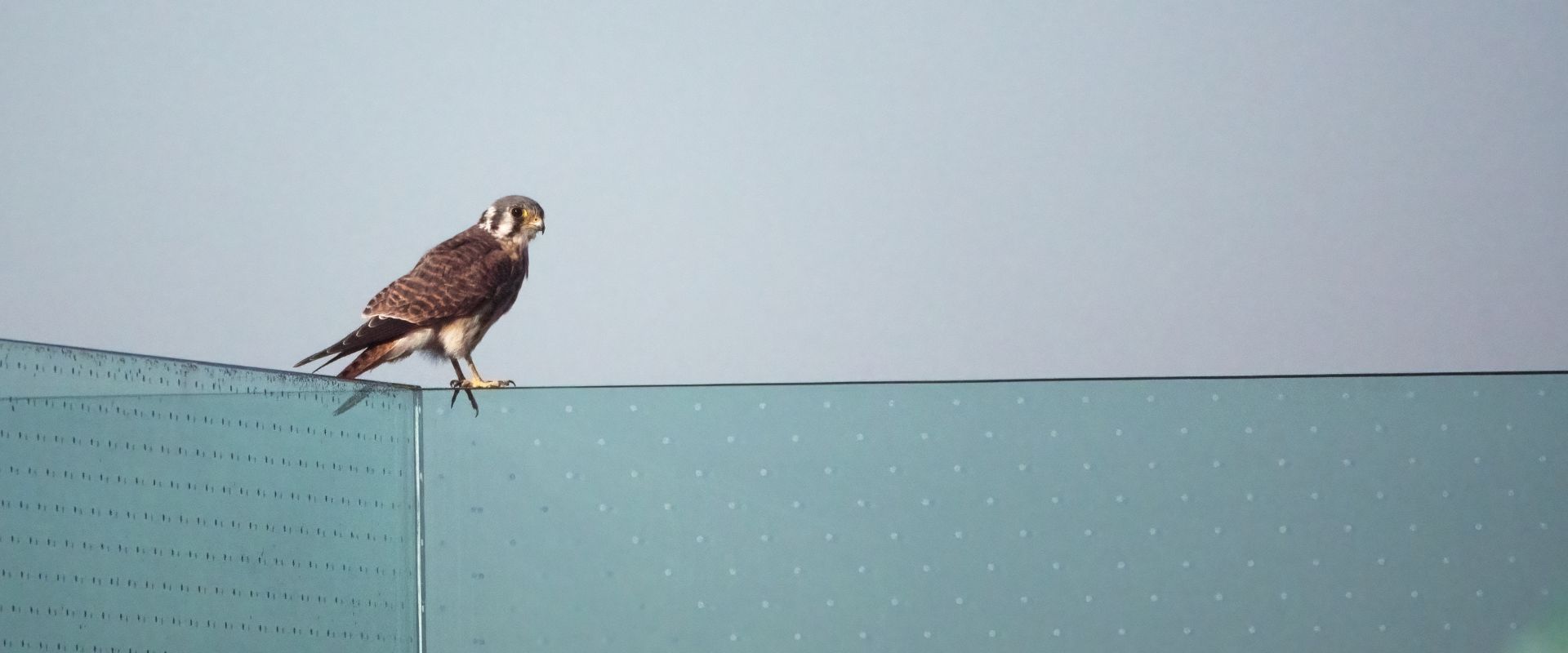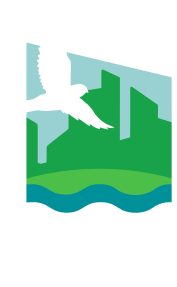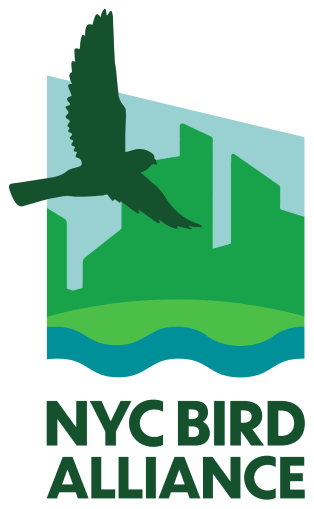American Kestrel (Falco Sparverius)
category: CONSERVATIONGENERALURBAN BIRD CALL
.jpg)
An American Kestrel perches on bird safe glass at St. John's Terminal. Photo by Michelle Talich.
American Kestrel (Falco Sparverius)
This article appears in the summer 2024 issue of The Urban Audubon.
Andrew Maas, Director of Marketing and Communications | June 21, 2024
As I sit at my desk during a work-from-home day in early May, my work inbox churns out messages with the persistence of a caffeinated woodpecker looking for a new home. As the emails mount, the distractions do too. My cats Conan and Zelda are the main culprits, popping into my room several times a day. The temptation to take a break and join them in their midday feline siesta is strong. But just as I’m about to surrender, it happens—the unmistakable call that jolts me back to purpose: “klee klee klee!”
It is the call of the American Kestrel (Falco sparverius) during breeding season. The smallest and most colorful falcon in North America, this feisty bird has adapted well to our city and can be found throughout the five boroughs—high up on water towers (like the one calling outside my apartment), hovering over fields like Governors Island’s Parade Ground, or atop trees in smaller, pocket parks like Greenpoint’s McGolrick Park. And now, kestrels are often seen on green roofs by NYC Bird Alliance (formerly NYC Audubon) scientists as part of the organization’s green infrastructure work.
Despite its ubiquity in New York City, the kestrel needs new habitat like green roofs to survive long term: the North American Breeding Bird Survey estimates an over 50 percent drop in the American Kestrel population since 1966, with another 50 percent loss projected by 2075 if trends like loss of habitat continue.
The American Kestrel has served as our organization’s “mascot” bird and adorned the organization’s logo for over two decades. As NYC Bird Alliance underwent a robust process to change our organization name, there was little question the kestrel would remain perched on our refreshed logo. In a bustling city where distractions abound, the call of the kestrel serves as a poignant reminder of why our organization’s work to protect birds and their habitats in New York City is so needed, and as an inspiration for how our organization can successfully adapt and thrive in new environments.


